The Wearable Breast Pump Market is currently characterized by a dynamic competitive landscape, driven by innovation, consumer demand for convenience, and technological advancements. Key players such as Willow Innovations (US), Elvie (GB), and Medela (CH) are at the forefront, each adopting distinct strategies to enhance their market positioning. Willow Innovations (US) focuses on integrating advanced technology into their products, emphasizing user-friendly designs that cater to the modern mother’s lifestyle. Elvie (GB), on the other hand, has carved a niche through its commitment to sustainability and eco-friendly practices, appealing to environmentally conscious consumers. Medela (CH) leverages its extensive experience in the breastfeeding sector, concentrating on product reliability and clinical validation, which reinforces its reputation among healthcare professionals and consumers alike.
The business tactics employed by these companies reflect a broader trend towards localization and supply chain optimization. The market appears moderately fragmented, with several players vying for market share, yet the influence of major companies is palpable. This competitive structure fosters innovation, as companies strive to differentiate their offerings through unique features and enhanced user experiences. The collective actions of these key players not only shape market dynamics but also set benchmarks for quality and performance in the wearable breast pump segment.
In August 2025, Willow Innovations (US) announced the launch of its latest wearable breast pump model, which incorporates AI-driven features to optimize milk expression based on individual user patterns. This strategic move is likely to enhance user satisfaction and retention, as it addresses common pain points associated with traditional breast pumps. The integration of AI technology signifies a shift towards personalized healthcare solutions, positioning Willow Innovations as a leader in innovation within the market.
In September 2025, Elvie (GB) expanded its product line by introducing a new eco-friendly breast pump made from sustainable materials. This initiative not only aligns with the growing consumer demand for sustainable products but also reinforces Elvie's brand identity as a pioneer in environmentally responsible practices. Such strategic actions may attract a broader customer base, particularly among eco-conscious consumers, thereby enhancing market penetration.
In July 2025, Medela (CH) entered into a strategic partnership with a leading healthcare provider to enhance its distribution channels and improve accessibility to its products. This collaboration is expected to strengthen Medela's market presence, particularly in regions where access to breastfeeding support is limited. By aligning with healthcare professionals, Medela is likely to bolster its credibility and foster trust among new mothers, which is crucial in this sensitive market.
As of October 2025, the competitive trends in the Wearable Breast Pump Market are increasingly defined by digitalization, sustainability, and the integration of advanced technologies such as AI. Strategic alliances are becoming more prevalent, as companies recognize the value of collaboration in enhancing product offerings and market reach. Looking ahead, it appears that competitive differentiation will increasingly pivot from price-based strategies to a focus on innovation, technological advancements, and supply chain reliability, as companies strive to meet the evolving needs of consumers in a rapidly changing market.





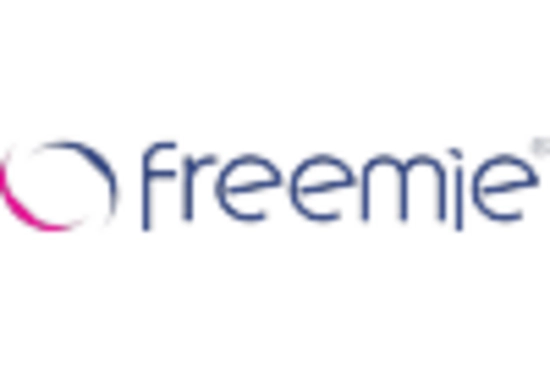
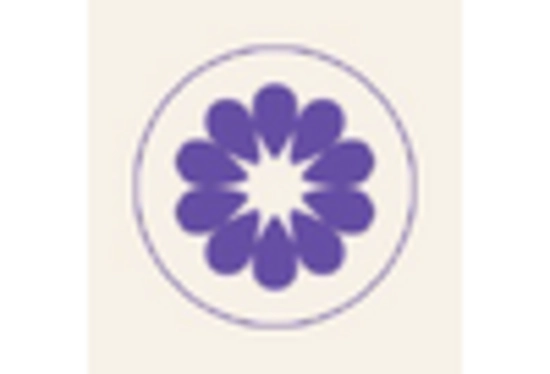
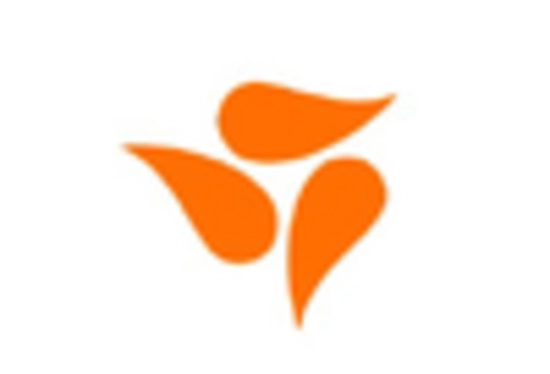
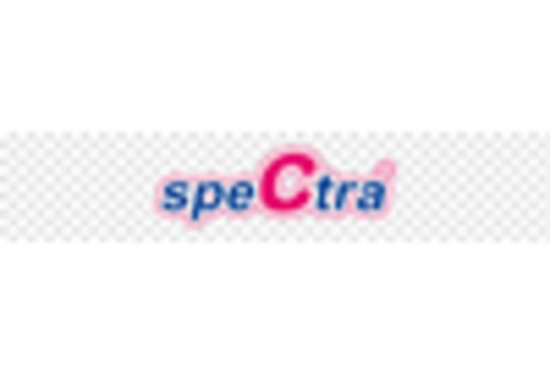
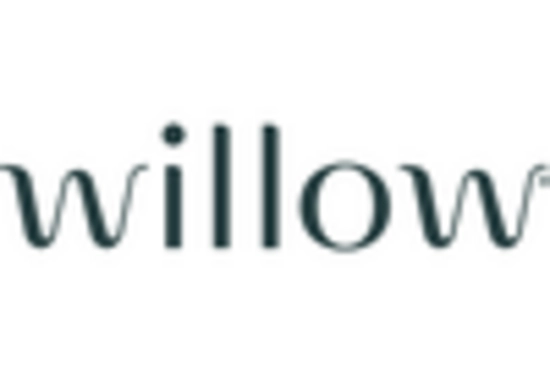








Leave a Comment